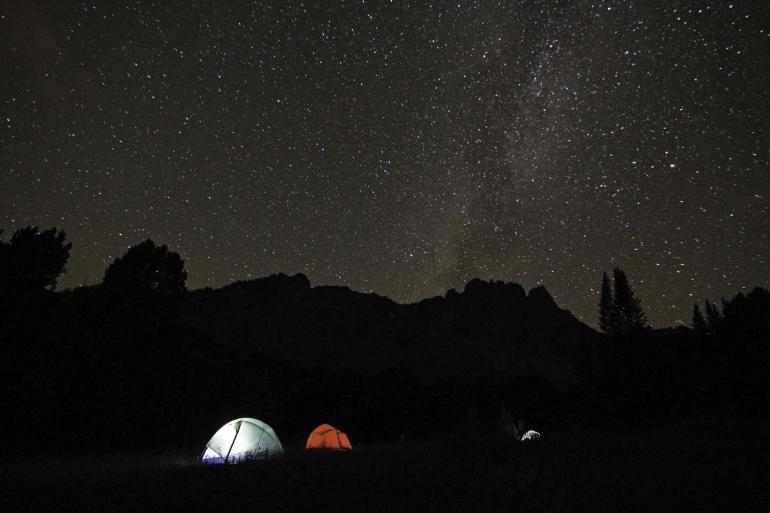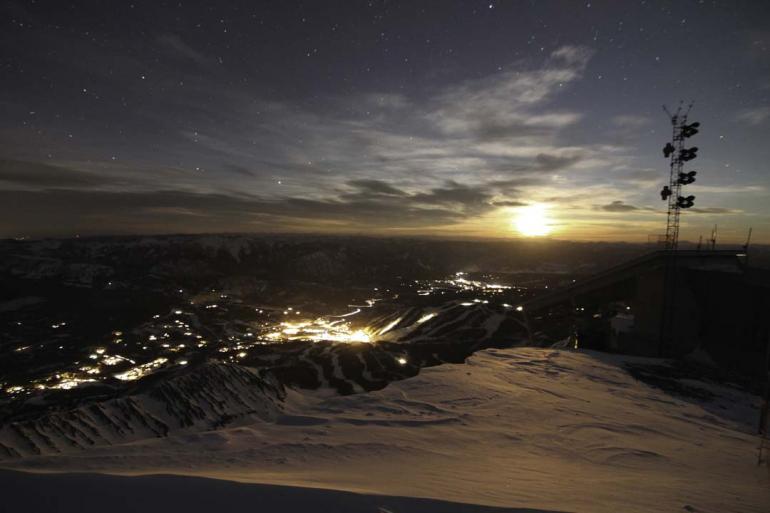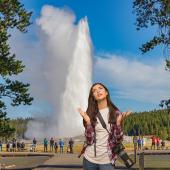Progression Session
You don’t need to be a professional photographer or cinematographer to try time-lapse photography; all you need is a few basic pieces of equipment, plenty of patience, a little ingenuity, and a car to sleep in while you wait it out.
Time-lapse photography has gained popularity over the past decade as equipment costs decrease and methods of producing time-lapses improve. Although a good time-lapse looks like one cohesive piece of video, it’s actually a series of hundreds (if not thousands) of photos strung together at a rate of around 24 or 30 frames per second. There are a few ways to shoot time-lapse videos, but the most common is through the use of a DSLR camera and an intervalometer.
An intervalometer is a device that regulates the time between photos and triggers the exposures, allowing for continuous photos to be taken at a predetermined interval (hence, intervalometer). Some cameras come with this feature built in, but most cameras require you to connect an intervalometer externally. The basic ones run around $30, but (as with all camera gear) you could spend thousands on high-end models.
Once you’re set to shoot photos, make sure you have your camera mounted on a sturdy tripod to eliminate camera shake. Take the time to dial in your shot before starting the intervalometer—stopping a series of shots to check exposure will create a gap in your end product. And if your lens has an image stabilizer, turn it off! Otherwise you’ll be left with a nauseating, jerky video, and your hours of patience will have been wasted.
Beyond all the fundamentals of time-lapse photography, a shot’s quality really comes down the dynamics of the subject and creativity of the person behind the lens. You don’t need pricey camera equipment to get shots that rival the ones you see in your favorite ski video—you just need to be in the right place at the right time and have the patience and motivation to get the job done. That means always looking at the weather and keeping a close eye on your surroundings. It means having the energy to drive to that scenic overlook at 2am and sleeping in your car while the camera clicks away for hours.
Always be thinking about the little things that could make or break your shots. A constant stream of car headlights hitting the camera will ruin your shot with lens flares. On the other hand, the ambient glow of Bozeman over the Spanish Peaks at night may not be what you intended to shoot, but it could end up looking extraordinary. It’s those types of shots, the ones that capture what our eyes can’t see, that make for an awe-inspiring time-lapse video.
Chris Kamman is the winner of the Outside Bozeman Video Contest, for his time-lapse video “Shapeshifters.”
Visit outsidebozeman.com/community/videos/best-outdoor-video-contest to watch it












